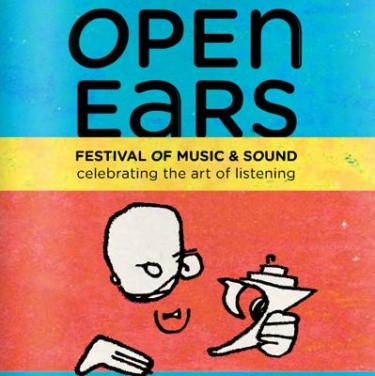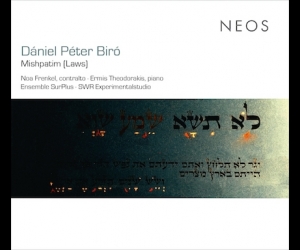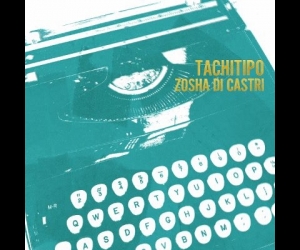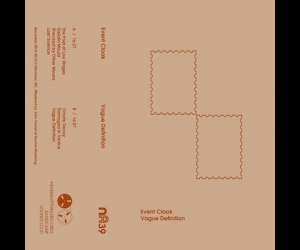
Open Ears, as the name implies, is a festival designed to awaken the listening ear—to present new experimental music and to expand our listening experience. This year, Edwin Outwater, the music director of the Kitchener-Waterloo Symphony, posed two thematic questions, variations on the event’s overall mandate: how music effects an environment, and how different environments affect music. These ideas resonated with me throughout the festival, which raised similar questions in my mind about the relationship between sound and context.
The sound walks and sound installations are a big part of what makes Open Ears the “celebration of sound” its artistic director, Peter Hatch, claims it to be. R. Murray Schafer’s three-hour soundwalk near Grand River at Cambridge was an opportunity for festival-goers to escape the city and open their ears. We made a wide circle through woods and water, passing through a series of sound events designed to deepen our experience of listening to the natural world. Two installations were set within the walk and were particularly provocative, making us conscious of our role as city dwellers visiting the natural environment. The song-and-sound piece Transportation transformation in shades of rust, performed by Annette Urbschatt and Todd Harrop, transformed a trashed sedan, abandoned in the woods, from garbage to mythical object. Radio Rare Woods, Michael and Ellen Waterman’s tree-bound radio installation, created a shadowy soundscape of piano and voice that wove dreamlike through our walk.
On the festival’s concert slate where a number of ensembles, including the Evergreen Club Gamelan and Safa, that played new music on traditional instruments. The four women of Red Chamber made exceptional use of zhang, pipa, and ruan (traditional Chinese instruments) and added some female moxie to a slightly male-heavy festival. Their set drew on a wide variety of styles, through ancient Chinese music, blues, a series of pieces rooted in African rhythm, and a John Cage composition. The cultural range they conveyed through their strings challenged my own unconscious assumptions about the superiority of modern Western instrumentation.
Francisco López’s blindfolded audience + unusual sounds = ‘a belle confusion’ divorced sound completely from its context. The venue was a lofty children’s museum, but the audience, being blindfolded, had no visual anchors by which to orient itself within the space, so Lopez’ soundscape carried listeners through environments distant and unfamiliar.
On the opposite end of the experiential spectrum, American underground band The Books played a set that was intriguing less for its music than for its creative video component. One song laid out the lyrics heterographically on screen—specialty became special tea, generating a parallel set of meanings for the song lyrics.
Certain concert pieces used visual elements to provide an anticipatory tension that altered the meaning of the music itself. David Lang’s Elevated involved three original compositions performed by a thirteen-piece ensemble and accompanied by video. The first piece was a simple melodic number, slow and melancholic, set to William Wegman’s Treat, a terrifying black and white film of a dog battling to get a biscuit out of a glass bottle. We watch him fight the bottle and finally, as the glass breaks, force his nose aggressively into the jagged remains, sniffling for his prize. Lang’s soothing music plays against the sense of trepidation the film instills in the viewer, providing an uneasy counterbalance to the audience’s distress.
The Penderecki String Quartet’s set created a similar tension, as did Giorgio Magnanensi’s composition teatro dell’udito vi, premiering at Open Ears. The music in this piece was linked to the pulsing green line of a cathode ray oscilloscope that erupted into butterfly-like shapes at the sound of a specific pitch. The music escalated slowly, and the trigger-pitch sounded rarely, creating a sense of anxiety as the line stretched and trembled, finally bursting into shape with the piece’s climax.
Open Ears ended with Blue Dot, an all-night celebration of art and performance. That evening, Gordon Monohan’s Speaker Swinging brought together the themes that had run throughout the festival. A rivetting sound event held in a defunct tannery, the piece featured three men perched on ten-foot scaffolding, their huge shadows projected on the back wall as they swung loudspeakers fixed with contact mikes. Monohan stood in front at a mixing board, modifying pitch, effectively battling the loudspeakers whose sounds altered according to proximity. The sound shifted to industrial noise as the speakers became pulsating strobes. Otherworldly and evocative, the performance was the crescendo of a mind-altering festival week.


